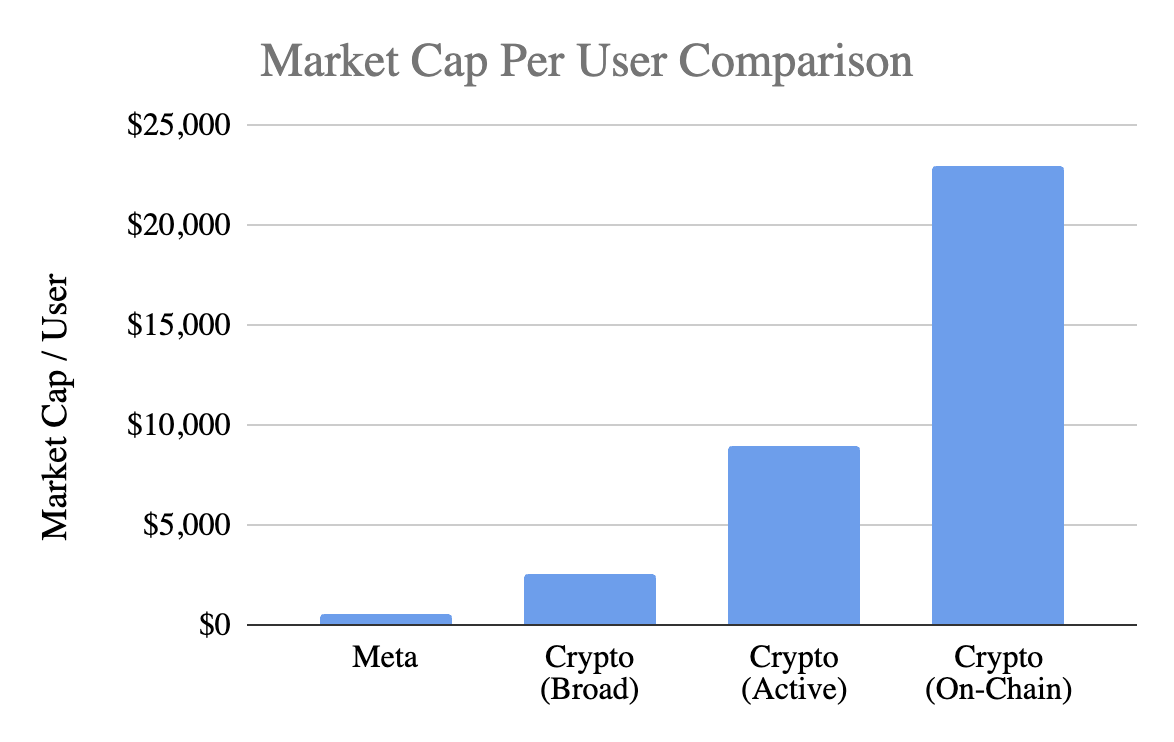
The Great Crypto Network Effects Debate
The cryptocurrency world is currently buzzing with a heated debate regarding the valuation of Layer-1 (L1) blockchains and the relevance of network effects in determining their worth. This discussion, fueled by a recent Substack post from Santiago Roel Santos, founder of Inversion Capital, questions whether the market is accurately pricing in these network effects. Santos argues that many of the observed network effects in crypto, particularly those related to congestion and scalability, are actually adverse, leading to a diminished user experience rather than increased value. This viewpoint has ignited a diverse range of responses from other industry experts, highlighting the complex and evolving nature of crypto valuation.

Metcalfe’s Law and Crypto’s Price Tag
Central to Santos’s argument is the application of Metcalfe’s Law, which suggests that the value of a network increases in proportion to the square of the number of users. He believes this principle doesn’t adequately justify current crypto valuations. Critics of his argument suggest that directly applying traditional valuation models to L1 blockchains might be misguided. They posit that the core value of an L1 extends beyond the end-user experience, emphasizing elements like validator security, liquidity, and the overall infrastructure that supports the network.
Divergent Perspectives on Value Drivers
Several analysts have offered alternative perspectives. Some, like Jasper De Maere of Wintermute, argue that comparing L1s to consumer-facing applications like Facebook is a flawed analogy. De Maere believes the real network effects reside at the infrastructure layer, making end-user metrics less relevant. Ben Harvey, a digital asset researcher at Keyrock, largely agrees with the premise that L1 blockchains may be overvalued, but emphasizes that not all L1s should be viewed identically. He suggests that factors like scalability and AI integration will play a crucial role in determining long-term value. Tomas Fanta of Heartcore also challenges Santos’s assertion that fees inevitably worsen as usage grows. Fanta notes that in high-performance blockchains, fees can become negligible as adoption increases, along with liquidity and yields.
Web3‘s Modular Approach and Value Capture
Further complicating the issue is the modular nature of Web3. De Maere highlights that in Web3, network effects become easier to observe because of the separability of different layers, from security to application. This stands in contrast to the bundled nature of Web2 platforms. In essence, he suggests that traditional valuation metrics might not fully capture the complex dynamics within the crypto ecosystem, leading to the perception of overvaluation based on metrics like Average Revenue Per User (ARPU). Former RockawayX investor Martin Kupka adds that network effects in crypto are most evident in areas like stablecoins, centralized exchanges, and decentralized perpetual futures exchanges, where increased utility fuels liquidity and improves execution.
This ongoing debate underscores the challenges of valuing rapidly evolving technologies. As the crypto landscape matures, the methods used to assess the worth of L1s are likely to continue adapting, reflecting a deeper understanding of network effects and the unique characteristics of the decentralized world.


